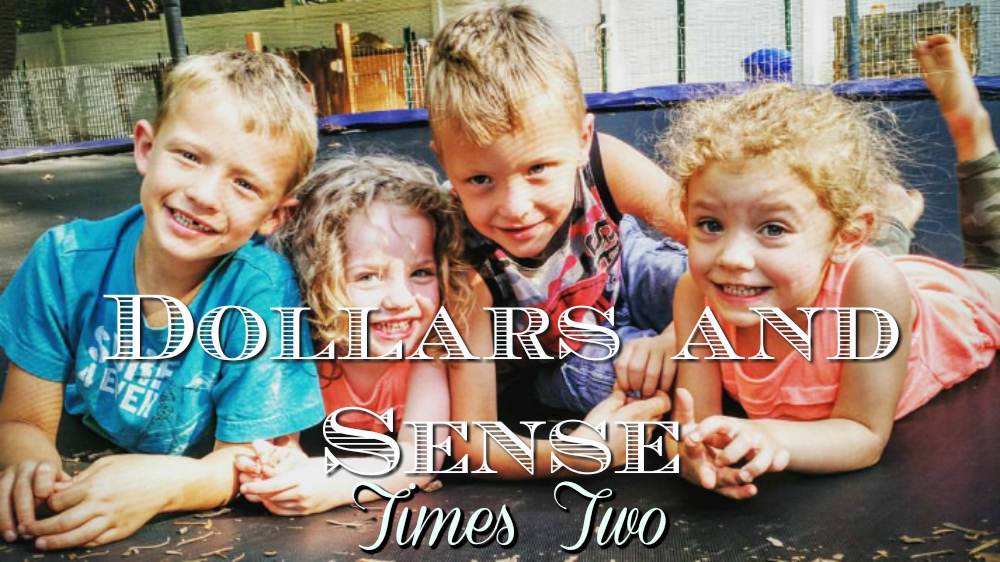My sons are in first grade. School and bus behavior can be challenging for them. I was at my wit’s end. My aunt (a retired teacher) suggested a behavior chart. Once we started using it, we had great success.
It is a pretty easy setup.
You will need, pens, paper and a calendar of your choice.
Here is how it works.
The first thing I did was to call a meeting with my boys.
At the meeting, everyone had a tablet, pen and a hot beverage (cocoa). I wanted to have their undivided attention, and a real meeting kept their interest. They have to buy into the chart for it to work.
- I had the boys list negative behaviors. I phrased this as, “behaviors that you get you in trouble.” They wrote some things down on their pads and some we wrote down together. (Amazingly they could write burp and fart but not hit). Remember: this is a brainstorming list, there are no wrong answers.
-
After we had our negative behavior list, we worked on creating a list of rewards.
Some of the offerings are quite fantastic (air travel to Disney) but other things were do-able like a playground trip or a happy meal. Again there are no wrong answers; it is what your children identify as rewards (and what you are willing to give). When their responses were over the top, I just redirected to focus on smaller things.
- We decided which on the list of twenty-five negative behaviors they had identified were most important. I had it narrowed down to our top five issues to address. I would recommend no more than five items to address for children less than seven. Older children you can do a few more.
-
I also had them identify four of their top rewards that were
attainable (read this as a trip to Disney was out). I used four because there are four weeks in a month and at the end of each week you have the opportunity for a reward. The last award of the month involves a cheap toy, and so we count the entire month’s chart toward that reward.
The rules are simple:
Meet the desired behavior goal, get a star.
Exhibit an undesirable behavior, no star.
The calendar is up to you. I used an inexpensive wipe off calendar left over from the Army. I like it because it was cheap, easy to write on and easy to change. However, it can be as elaborate as you wish. Like stickers? Use them. The good thing about a paper chart is it offers a longitudinal record of progress. You can keep previous month’s charts in a folder and refer to them at a later date. A paper record can be helpful if some of your identified negative behaviors are IEP goals or if you child likes to reflect on how far they’ve come.
In our chart when they don’t earn the star, we use a dry erase pen to write why on the chart. Here is our chart from August:
As you can see, C did not have a great month. However, things have turned around in September. It’s not the most beautiful chart (I’m sure there are prettier photos on Pinterest) but it is functional.
The beauty of a behavior chart is that it’s a continuum.Master one behavior, then eliminate it and add another.
The most important thing is to chart daily.
Hang it in a place where your children can see it and monitor their behavior. My sons are quick to notice when they aren’t meeting their goal.
I hope this plan works out for your family. It has worked for ours!





Wow. This is an awesome tool, to get the kids involved from the starts. Love the idea. This will develop a sense of responsibility to their behaviours.
thank you! I hope you find it helpful. Let me know if you use it how you like it.